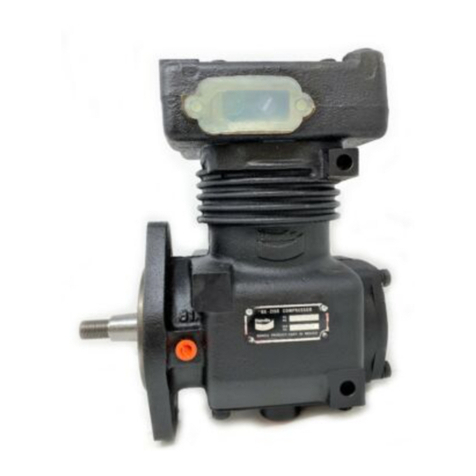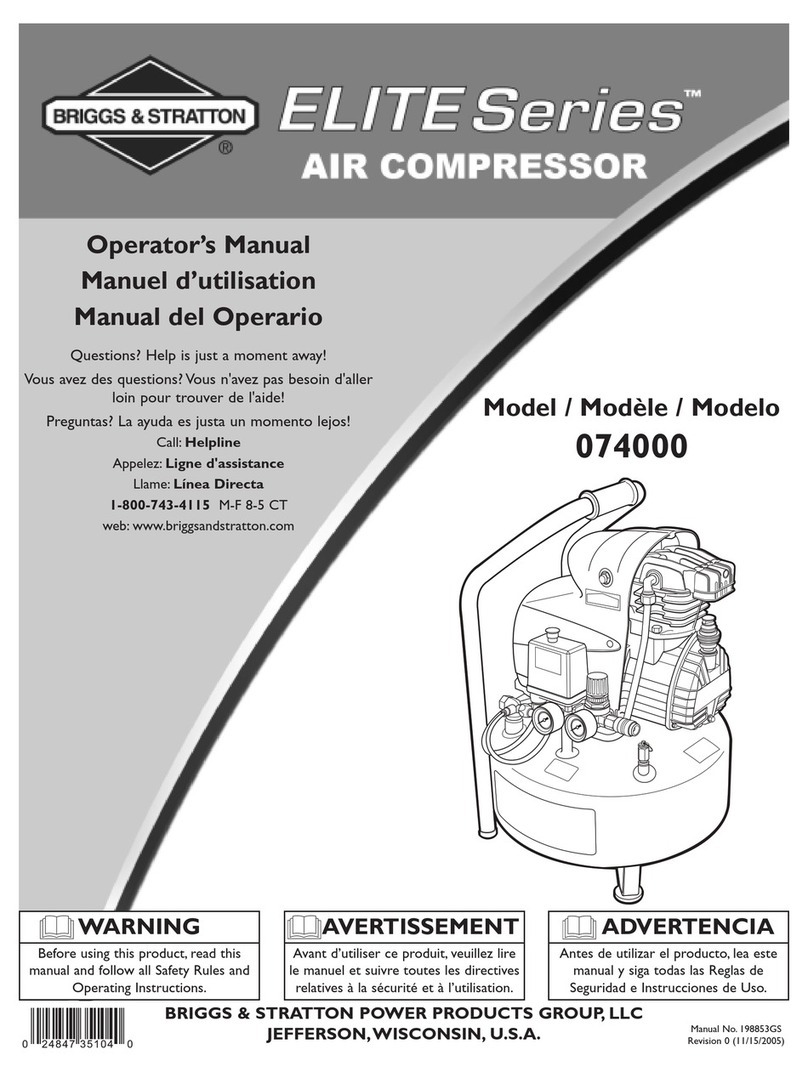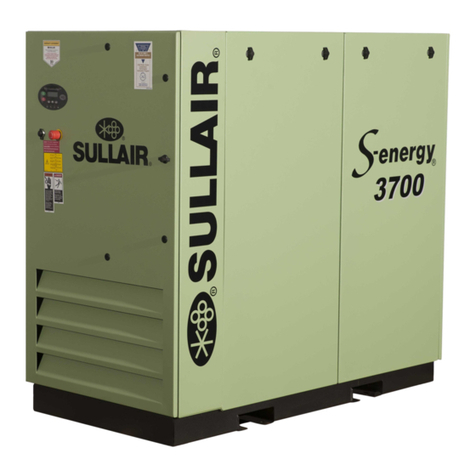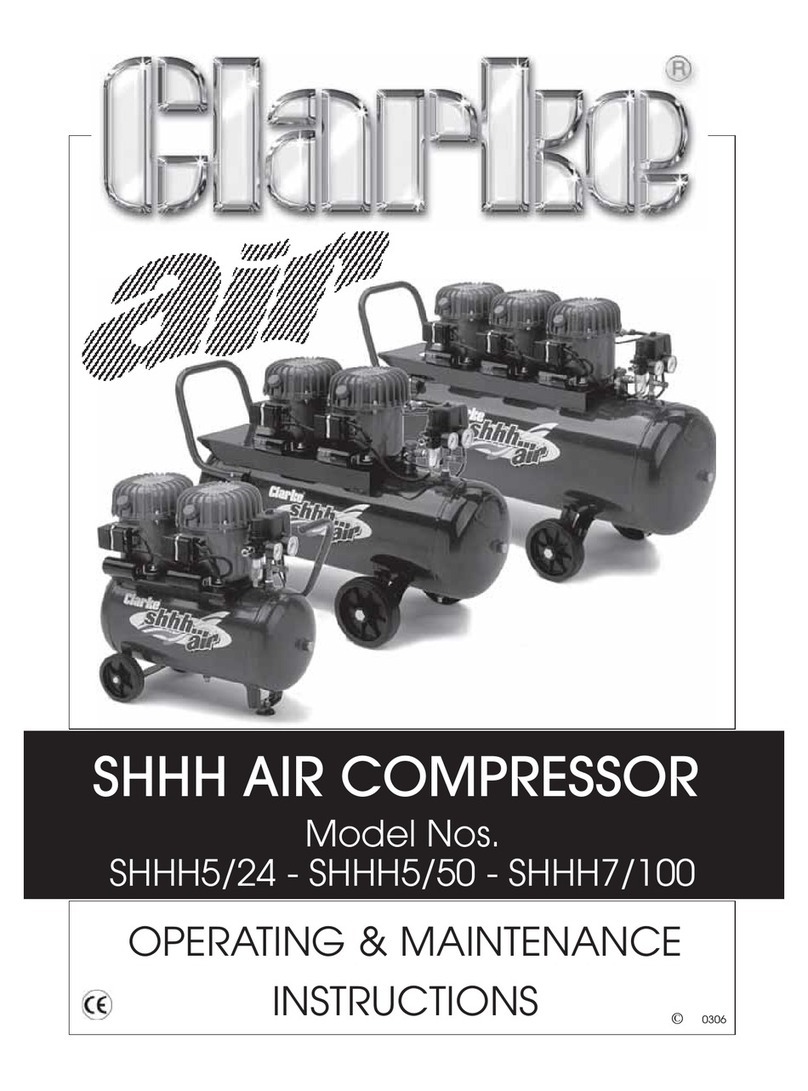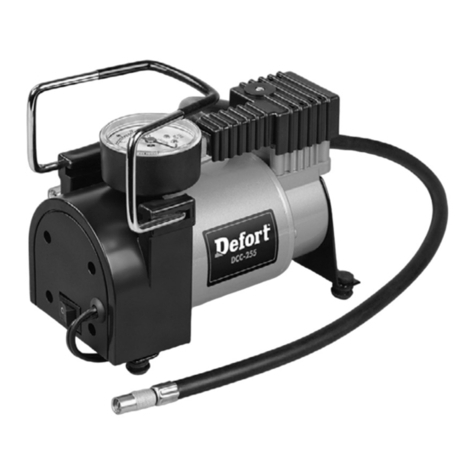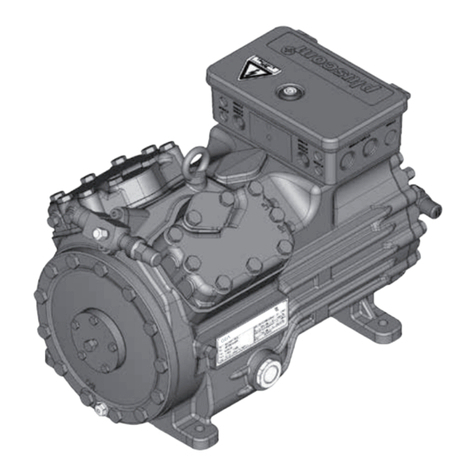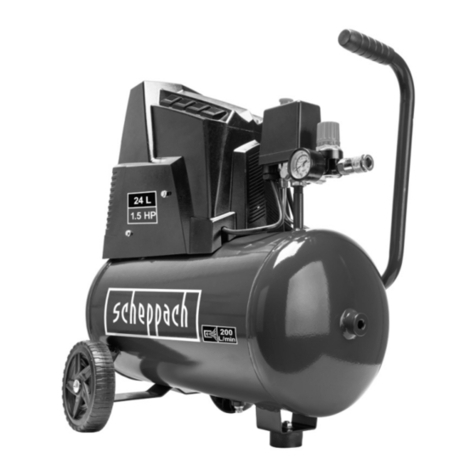Effectrode PC-2A User manual

Specifications
• Input impedance:Greater than 1M
• Outputimpedance: Less than 1K
• Controls: Peak Reduction and Gain
• Features: Limit/Compress switch
• All tube: Based on a Sylvania N.O.S.mil-spec
subminiaturetriode pencil tube operating in class-A
• Photo-optical: Ultra-linear, low distortion photo-
resistive attenuator
• True bypass: With ‘anti-pop’ or ‘thump’ foot-
switching circuitry
• Power requirements: 12VDC@ 600mA- Centre
positive 2.1mm barrel connector
• Dimensions: Width 4.75"; Depth 3.75"
• Weight: 12oz (onEarth); 1.5oz (Callisto)
• Construction:Solid die-castaluminum box
• Finish: Tough light-grey powder coat
Serial #
Copyright © 2018 Effectrode®Thermionic
Owner’s Manual
12 Broughton Crescent, Barlaston,
Staffs,England. ST129DB
www.effectrode.com
PC-2A

space
Introduction
The PC-2Ais anexceptionally musical and smooth
soundingcompressor pedal.This isachievedby
usingthesamethermionic technologyfoundin high-
end,vintagestudio compressors. The signal pathis
100% analogue,classA, based on avintage
Sylvania,U.S.A.made tubeandaspecial design
Silonex photo-resistive attenuator.This attenuator
hasessentially instantaneousgain reductionwith no
waveform or harmonicdistortion for musical,
unobtrusive and transparent compression.
The PC-2Ais designedfor flexibility,simplicityand
outstanding soundquality.Audiophile grade
components andsilver solderare used throughout
the circuit with precision metal-film resistors for low-
noiseandstability,polyester coupling capacitorsfor
theirability to resolve finesignal detailandground-
plane layout. Theresult is acompressor that exhibits
alevel of purity and natural tonenotfound in solid-
stateVCA(voltage controlled amplifier) or variable
bias pedals.
Thankyoufor trusting Effectrode tobeyoureffects
company.Wewishyou many,manyyears of
musical enjoymentfrom this veryspecial hand-built,
all-tube pedal.
Phil Taylor –Designer
space
Tubes
The PC-2Asignal path isbased
on a Sylvania 6111N.O.S.
subminiaturetwin triodepencil
tube.These tiny tubes were
specially developed by Sylvania
Electric inthe1940sfor military
and aerospaceapplicationsto
meet theirstringent Mil-E-1
specificationsfor reliability and
long service life under conditions
of severe shock, vibration
(20,000G!), high temperature
and high altitude. Sylvania
subminiaturetubesrepresenttheabsolute pinnacle
of thermionic technologyand are unquestionably the
finest tubes ever made byanycompany,ever–we
will never see the likes of themagain.

space
Additionally,the photocellexhibits amemory effect
where the timeit takesto recover dependsonlight
durationandintensity.Inuse this resultsin afaster
releasetime for short signal burstsand aslower
releasewhen the signal remainscontinuously above
the compressionthreshold.Thisis analogous tohow
the human ear recovers from highsound pressure
levels andis the reason whythePC-2Asoundsso
natural and transparent.
The ‘PeakReduction’ potentiometer setsthegain in
the side-chain–thehigher thegainthelower the
threshold andthegreater thecompression willbe.
There aremany compressor pedals that allow for
direct adjustment of threshold,in contrast the PC-2A
controls the side-chain gain anddoesnotaffect the
signal in the audio path.
Side-Chain Circuit the PC-2Ais basedon‘feed-
back’ control circuit like the LA-2Astudio
compressor.With this circuit topology the signal that
is used todrivetheside-chain is affected by the
gain-reduced signal.This typeof topologyseems to
be preferred over ‘feed-forward’ for its more musical
characteristics.
There is also some pre-emphasison the side-chain
similar to an “A”weightedfilter curve.Thiscurve
characteristic approximatestheresponseof the
human ear.Hereit workstominimise‘pumping’
normally associated whenacompressor is
processing low-frequency material.
ce
Controls
Peak Reduction knobcontrolsboth the threshold
and the amountof compression.Thisknobshould
be set so that the PC-2Aexhibits the desired amount
of compression or sustain.Agood starting point is at
the 9o’clockposition,wherethesubtle compression
enhancesnote detailand createsafuller,warmer
tone.Rotating this knob further clockwise
progressively levelsout playing dynamicsto
compress notes thatare too loud and boosting
quieter notes. This is particularly appropriatefor
country and funk-stylelicks.
Gain knob should be used tomatchtherelative
levels of bypassed andeffected signal.It also
provides the capability to boost yourguitar signal for
solosand even overdrive youramp.TousethePC-
2Aas atube booster andpushyouramp into
smooth overdrive,simply turnthe‘Peak Reduction’
knob fully anti-clockwise.
Limit/Compress toggle switch alters thetransfer
characteristic of thecompressor input/output curve,
enabling PC-2Ato operate asacompressor and
limiter.When isin the‘up’ position(compressor
mode)the curve isshallower,presentingalow
compressionratio which soundssubjectivelymore
transparent. Inthe ‘down’ position (limiter mode)the
curveis steeper resulting in ahigher compression
ratio, creating a fatter more squashed sound.

Footswitch utilisesquiet truebypassswitching to
reduce ‘pops’ or ‘thump’ whenengagingthepedal
and ensure thereis nolossof guitar tonewhen the
pedal is bypassed.
Internal Knee and Attack Trimpots Theseare
factory set, however can be adjustedbytheuser to
tailor the compressioncharacteristicto suit
instrumentsthat arechallengingtoamplify or record
such as bassguitars with active high output pickups
or acoustic instruments fittedwith piezo pickups.
TheoryofOperation
The graph below compares theinput/output
characteristicsof acompressor,perfect amplifier
and expander.It can be seenthat an amplifier
provides afixed gain independentof the signal level,
whereas acompressor adjustsgainin responseto
changesin input level.
The larger the input signal,the lower thegain,
resulting in areduction of dynamic rangeor
compressionof the signal.Conversely,anexpander
increases the dynamic range of a signal.
Gain Reduction Circuit. Thephoto-resistive
attenuator is theheart ofthecompressor and
determinestheattackand releasecharacteristics.
The photo-resistive device isspecially selectedfor
fast attackof lessthan 1ms. This isimportant for
achievingtransparent operation during gain
reduction andminimisingundesirable artifactssuch
as ‘pumping’. The electrical performanceof the
attenuator is aclose match totheelectro-
luminescent (EL) panel usedin the Teletronix LA-2A
studio compressor.The ELpanel wasdeveloped in
the early 1960s toeliminateattackspeed
shortcomingsof neon andfilamentphoto-optical
attenuators.
The releasetime ofthe
compressor is entirely
determined by the photocellin
the attenuator.The cellhas a
desirable two-stage decay
characteristic where it releases
within 40 to80msto
approximately half its off
resistance whenlight is absent.
The remainder of therelease
then takesplace over asmuch
as several seconds.
Popular Air Compressor manuals by other brands

Ingersoll-Rand
Ingersoll-Rand 2340S9GH-AS owner's manual
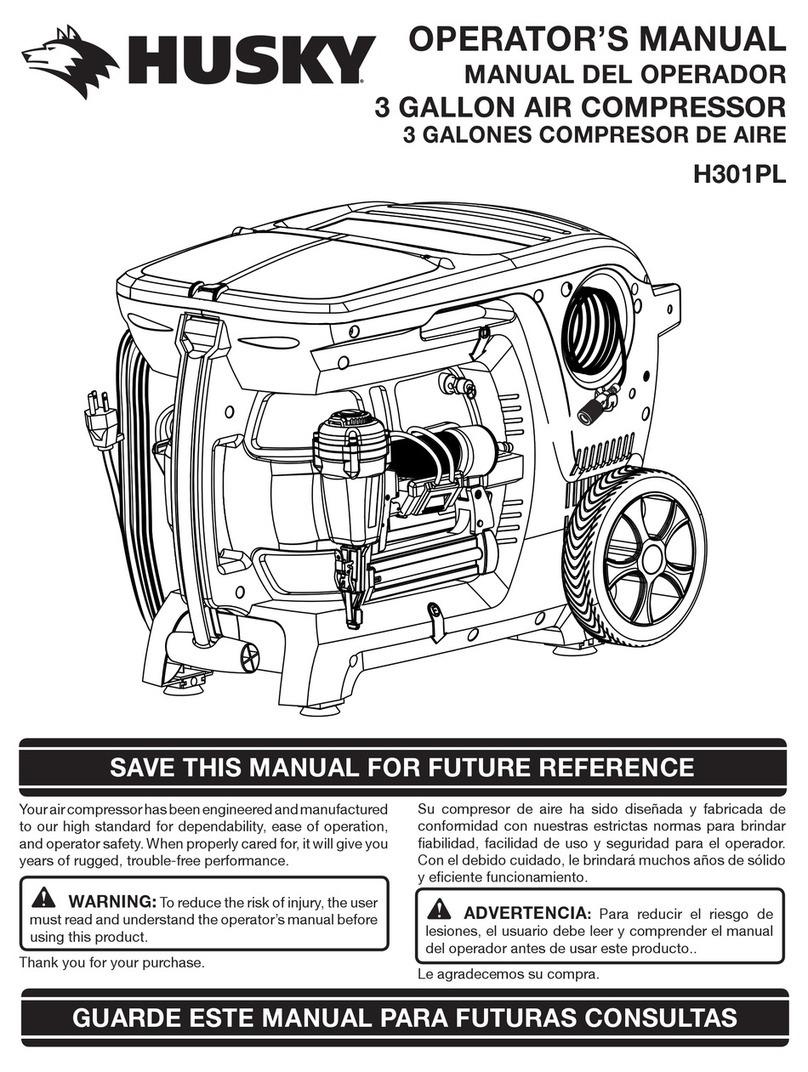
Husky
Husky H301PL Operator's manual

Craftsman
Craftsman 919.727340 owner's manual
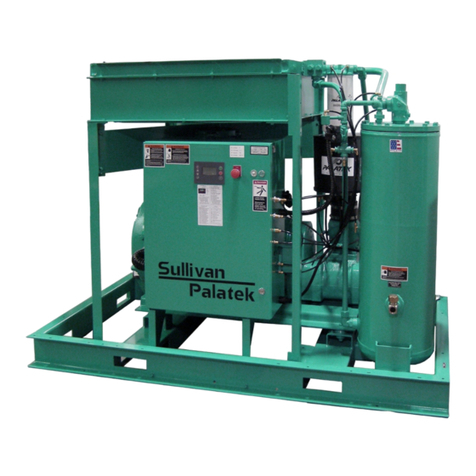
Sullivan-Palatek
Sullivan-Palatek 75UDG Operating and parts manual

RIX Industries
RIX Industries SA-6B Series operating instructions
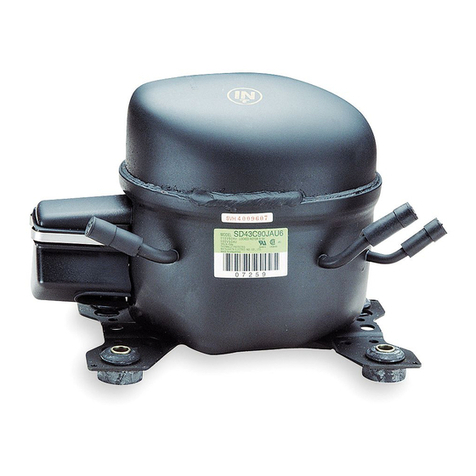
Panasonic
Panasonic SD43C90JAU6 Specification sheet
